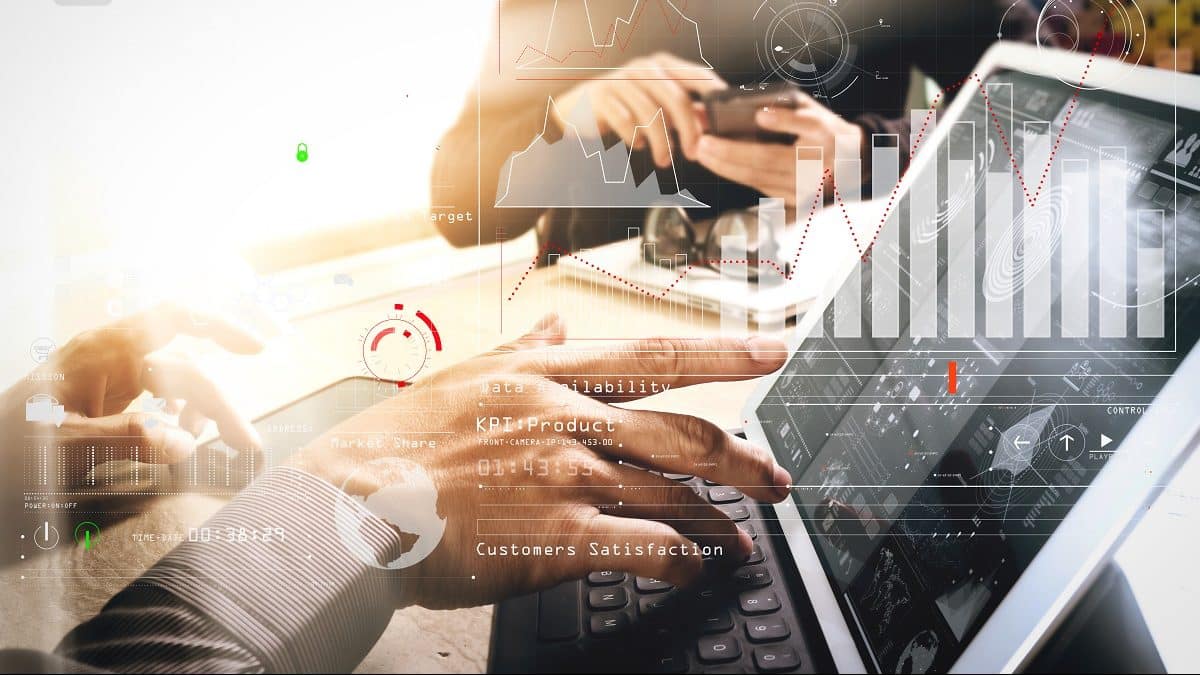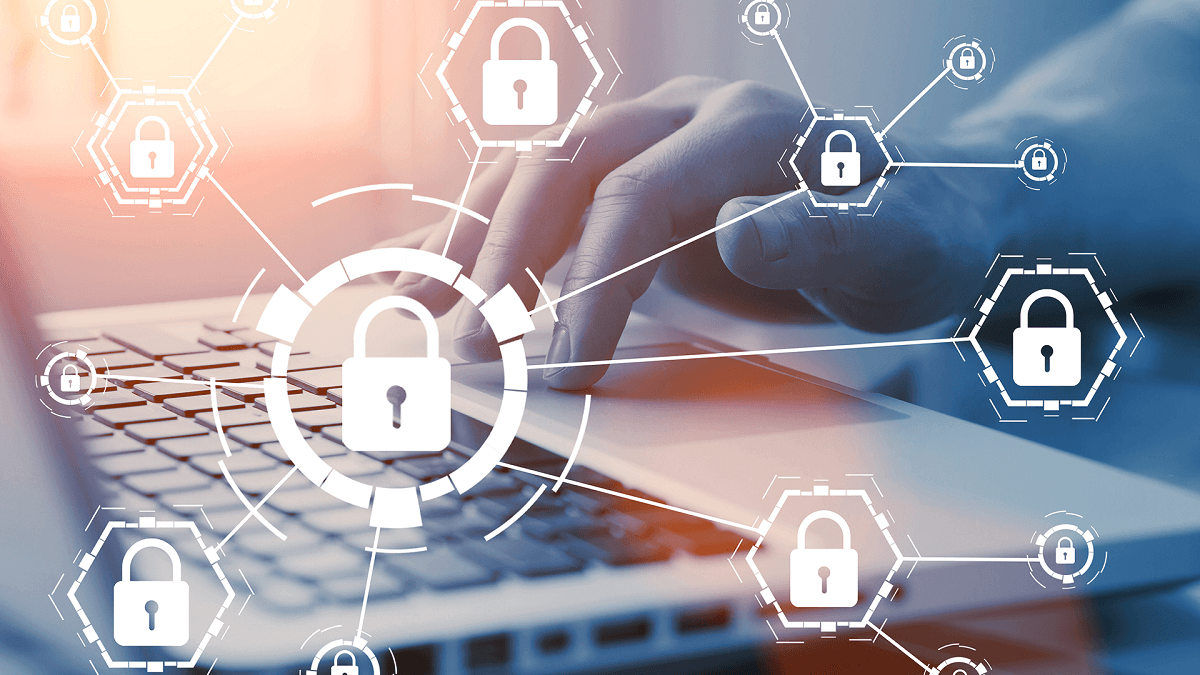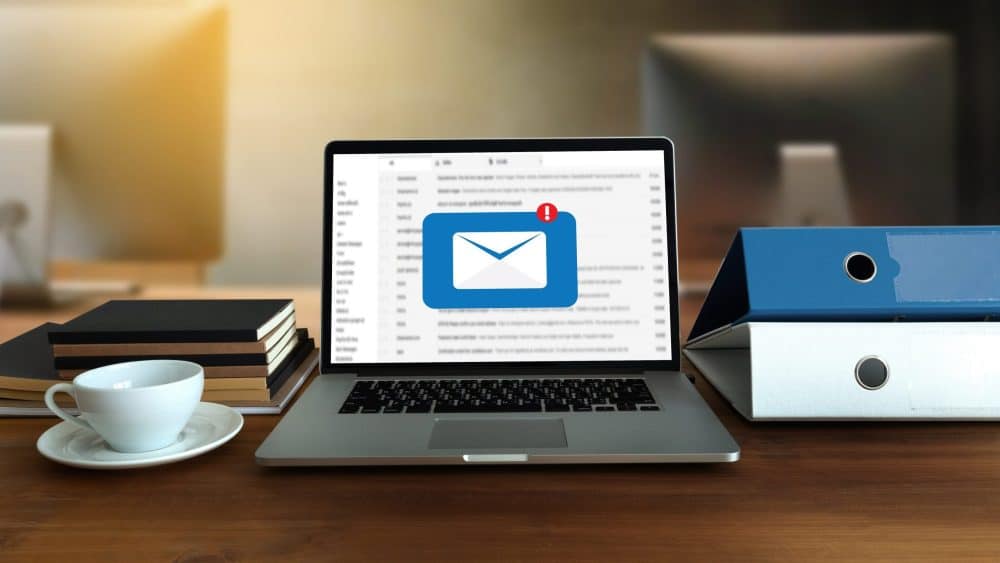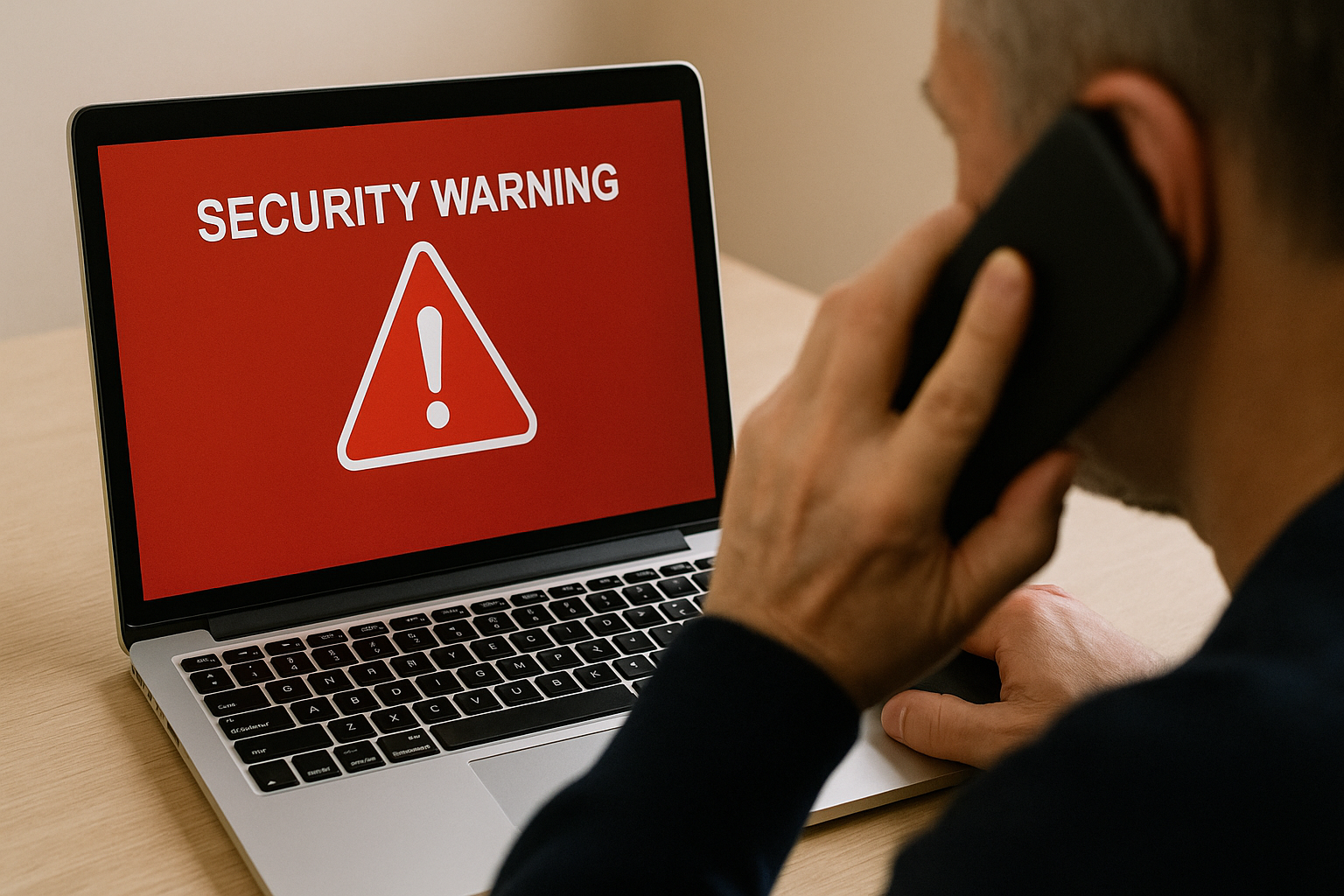This presentation will provide an easy-to-understand explanation of forensics, which is necessary for a variety of security incidents, including leaks of confidential corporate information and other security incidents, as well as legal disputes and fraud cases in which companies are involved. The background behind the attention forensics has received in security incidents, the situations in which it is needed, and the process and methods of investigation will also be introduced.

What is Forensics?
Forensic means "forensics" and originally referred to forensic investigations conducted by the police in criminal investigations to find forensic and legal evidence, and to investigations to collect and analyze evidence.
In the IT field, forensics refers to the gathering of information from within computers and other terminals and networks to understand and clarify damage, and to search for legal evidence and clues.
What is forensic investigation?
A forensic investigation is an investigation conducted when an incident of internal fraud or information leakage occurs.
 /fllp/forensic-investigation
/fllp/forensic-investigation This article explains the cases where forensic investigation is necessary, cautions, and examples.
Forensic Investigation" is indispensable to clarify incidents and misconduct cases.
In 2006, forensic investigations, especially digital forensics, became well-known after being used in the investigation of the "Livedoor Incident. Digital forensics has also been used by "third-party committees" for cases involving scandals that have caused a stir in the public.
Digital forensics has become indispensable in the investigation of computer crimes, data tampering, and other crimes that make use of digital methods. Digital forensics plays a role in thoroughly analyzing information obtained from digital devices related to a case and leading to the truth.
Typical situations in which forensic investigations are utilized and cases to be investigated
Forensic investigations are widely used in actual cases. Digital forensic methods have made a significant contribution to getting to the bottom of accounting irregularities, bid-rigging (cartels), and purchasing irregularities at major companies, as well as investigations of quality irregularities, embezzlement, and kickbacks.
Furthermore, forensic techniques are also used to investigate the causes and analyze the damage and impact of cyber attacks, including malware, which is on the rise, and to elucidate leaks of confidential and personal information.
 /fllp/internal-fraud-investigation
/fllp/internal-fraud-investigation This article introduces common fraud techniques, how to respond to them, and case studies of internal fraud investigations.
 /fllp/accounting-fraud
/fllp/accounting-fraud This section provides examples of accounting fraud, its causes, preventive measures and investigative responses.
 /fllp/leakage-investigation
/fllp/leakage-investigation This article explains the investigation methods and examples of information leakage investigations, and how to choose an investigation company.
Types of Forensic Investigations - Most Investigations are "Digital Forensics
Among forensic investigations, those involving digital data are called "digital forensics." The reality is that most interactions, records, and documents are now digital, and the majority of forensic investigations are digital forensics.
 /fllp/digital-forensics
/fllp/digital-forensics Digital forensics case studies and how to choose an investigative firm.
In recent years, the demand for forensic investigations has been increasing, and in some cases, vendors use different names such as "computer forensics," "e-mail forensics," and "network forensics," depending on the device being investigated and other factors. There is also a technique called "fast forensics," which focuses on delivering results quickly.
 /fllp/computer-forensics
/fllp/computer-forensics This article explains the process and necessity of computer forensic investigation.
 /fllp/mail-forensics
/fllp/mail-forensics This article explains the flow of investigation and necessity of email forensics.
The process of forensic investigation to preserve evidence, the process
The time required for a digital forensic investigation can range from a few hours to several months, and varies greatly depending on the number of devices to be investigated, the items to be investigated, and the purpose of the investigation.
The investigation begins with an initial investigation and hearing. After clarifying the purpose of the investigation, data preservation and collection begins. Next, the collected data is analyzed using specialized analysis tools to clarify the history and path of damage, and an investigation report is prepared.
Initial Investigation
First, we clarify the purpose of the investigation. Through interviews, we determine the devices, systems, and timeframe to be surveyed, and secure the necessary tools, personnel, and other resources for the survey.
Data collection and preservation
We secure the devices to be surveyed and properly preserve the collected digital data to prevent accidental deletion or destruction. Duplicate the entire data set to be surveyed.
Data Processing, Analysis, and Recovery
Information is read from the target device and copied data, and deleted files are restored if any. Optimize the data for easy analysis.
Data Analysis
This is the process of analyzing the information that has been organized for the purpose of the investigation. We analyze the information to determine whether it is consistent with the purpose of the investigation and whether it can be used as evidence, while also making full use of our knowledge of the law.
Reporting
The results obtained from the analysis are compiled and submitted in a report. The report will contain the details and facts of the investigation and will be made available to the court of law.
Cautions and challenges of forensic investigations - Ensuring the preservation of evidence
The series of forensic investigations requires a wide range of digital, legal, and other expertise. If a company does not have the specialized knowledge and technical know-how in-house, it may not be able to properly conduct the investigation and mishandle the data, resulting in "secondary damage".
Especially in the case of important incidents, an objective investigation by a third party is often necessary to avoid suspicion of a cover-up, and there are limits to what a company can do on its own.
Thus, it is difficult to conduct forensic investigations on one's own, so the shortcut is to hire an investigation company with a proven track record and technical capabilities.
When requesting a forensic investigation, consult a vendor with a proven track record and technical capabilities.
In-house forensic investigation has its limitations. The shortcut to a solution is to request an investigation company with a proven track record and technical capabilities.
FRONTEO, a leading AI-based forensic investigation company
FRONTEO had been conducting forensic investigations for three years prior to the Livedoor scandal. 20 years of history and more than 2,000 cases of fraud investigations have made FRONTEO a leading forensic investigation company in the field of scandal investigation. FRONTEO's digital forensics has been used by many third-party committees in high-profile scandal cases, and our high reliability has helped many companies solve their problems.
More than 2,000 forensic cases and high technology utilizing AI technology
FRONTEO's self-developed AI engine "KIBIT" can be implemented and introduced at an early stage due to its simple and high-performance algorithm, which requires less teacher data and light computational processing. It can also be flexibly customized for systems and special data developed by the company itself.
FRONTEO's digital forensics is a fusion of 20 years of responsibility and experience as a leading company and the technology of our self-developed AI engine. If your company is considering forensic investigation, please contact FRONTEO.
Contact us for forensic investigation at https://legal.fronteo.com/contact/ /forensics/
/forensics/ Forensic Investigations|Search proposals tailored to your needs and actionable investigations.
Click here for FRONTEO's forensic investigation services.
